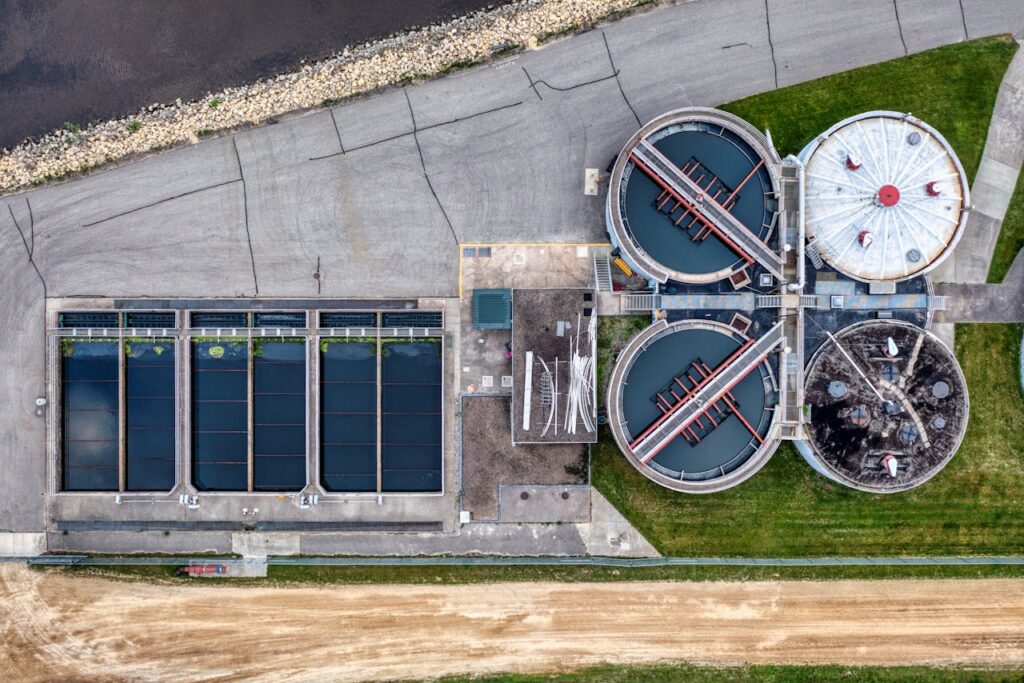Water has become a scarce resource due to strong globalization and industrialization. The textile industry uses a lot of water and generates a large amount of wastewater. Wastewater from textiles is formed with a high chemical content and is dark brown in color. It has a high pH value, high concentration of suspended solids, chlorides, nitrates, metals like manganese, sodium, lead, copper, chromium, and iron, and high BOD and COD values. Pretreatment, dyeing, printing, and functional finishing generate the majority of the wastewater.
The scale of the issue:
According to the World Bank, the textile industry is responsible for approx. 20% of industrial water pollution worldwide and this has an impact on the ecosystems, animals, human food chains, and soil/groundwater pollution. As per the Sustainable Apparel Coalition, it takes almost 2,700 litres of water to produce a single cotton T-shirt. Over 10,000 distinct kinds of textile dyes have been discovered since the discovery of the first synthetic dye in 1856. Annually 280,000 tons of textile dyes are released through industrial wastewater. The textile industry has initiated the adoption of more sustainable practices, realizing the urgency of addressing the environmental impact of wastewater.
Textile Wastewater treatment methods:
The treatment and reuse of industrial wastewater may be a strategy that can be used to conserve water for industries and reduce their pollution footprint too.
Conventional Methods of Wastewater Treatment:
1-Primary treatment processes involving physical separation of solid waste from water.
2-Secondary treatment using biological processes to break down organic pollutants.
3-Tertiary treatment for further purification, often involving chemical and advanced filtration methods.
Challenges of conventional methods of Wastewater treatment:
-The efficiency in removing certain contaminants such as persistent dyes and chemicals is limited.
-High energy and resource consumption.
-Possibility of production of sludge, requiring proper disposal.
Emerging and Innovative Technologies for Wastewater Treatment:
1–Advanced Oxidation Processes (AOPs):
-Utilize powerful oxidants to break down complex pollutants
-More effective in degrading persistent organic pollutants present in textile
2–Membrane Filtration:
-uses membranes with varying pore sizes to filter out contaminants.
-Effective in removing fine particles, color, and dissolved substance.
3-Reverse Osmosis (RO):
The reverse osmosis process is used in those places where there is a need to treat advanced-stage wastewater for reuse.
4- Biological Treatment advancements:
-Enhanced biological treatment using specialized microorganisms for targeted pollutant breakdown.
-Constructed wetlands and biofiltration as eco-friendly alternatives for WWT.
5-Zero Liquid Discharge(ZLD) systems:
-Implementation of ZLD systems to minimize water discharge.
-Successful examples of reducing water consumption and environmental impact.
6- Bioremediation Techniques:
Textile manufacturers can break down organic contaminants in wastewater and transform them into harmless byproducts by harnessing the power of microorganisms.
7- Electrocoagulation:
Using the advantages and capabilities of conventional coagulation, flotation, and electrochemistry in water and wastewater treatment, this cutting-edge technology maximizes contaminant removal in an economical and environmentally friendly manner.
Challenges and Future Prospects for Wastewater Treatment:
The textile industry is facing consistent hurdles in achieving widespread adoption of sustainable practices. These Challenges include the need for more effective solutions in treating specific pollutants and ensuring the scalability of sustainable technologies. However ongoing recharge and development such as continued exploration of nanotechnology, integration of artificial intelligence for real-time monitoring and optimization of treatment processes, etc. Another main challenge is the cost of implementation of those high-tech technologies where the smaller textile businesses may face a major setback. Fast forward the textile industry seems to have a bright future. A heightened understanding of the significance of reusing and recycling textile effluent wastewater as sustainability in the textile industry continues to gain traction.
References:
1-https://www.irjet.net/archives/V3/i2/IRJET-V3I2121.pdf
2-https://iwaponline.com/wst/article/85/7/2076/87619/Reviewing-textile-wastewater-produced-by
3-https://textilefocus.com/reuse-of-wastewater-in-the-textile-industry/
4-https://trityenviro.com/bd/what-are-the-different-types-of-wastewater-treatment-methods-in-the-textile-industry/

